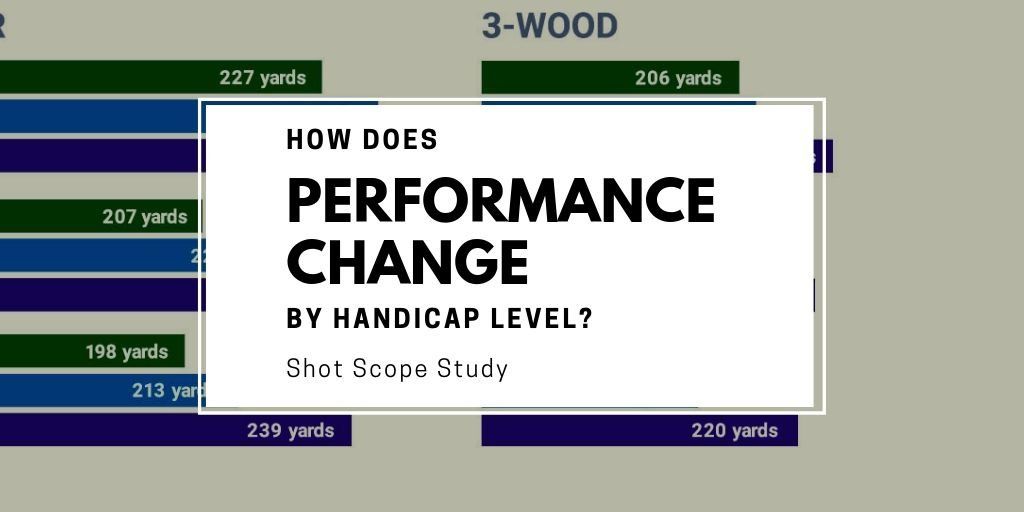
Statistics can have a way of putting things quickly into perspective for golfers. For the most part, the golf world is used to seeing what players are doing at a professional level. Many times I like to use PGA Tour stats as a way of managing expectations for recreational golfers. In this article, I'd like to share some interesting data that Shot Scope, one of the leading shot-tracking companies, has compiled.
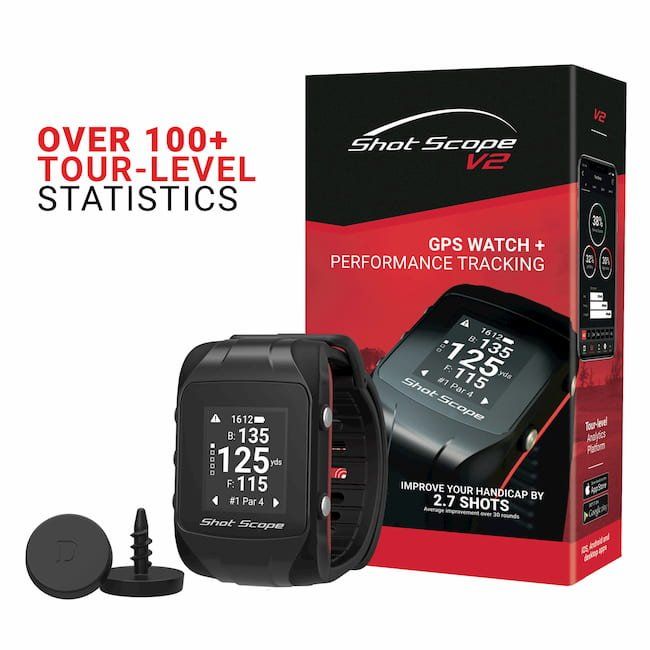
Over the last few years, they have amassed a database of more than 18 million shots from golfers all around the world. I'm going to review a few stats from tee shots and approach shots that I think you'll find interesting. It will also give some insight into what you might need to do to reach the level of golf you're looking to achieve.
How Far Are Normal Golfers Hitting The Ball?
All golfers want to know how to get more distance, especially off the tee. There's no question that it's easier to post lower scores when you can hit your tee shots farther, and have a shorter approach shot to the green.
Shot Scope compiled some data surrounding driving distance based on common handicap levels (8, 14, and 20), which you can see below. The green bar represents the average distance of all shots, the blue bar represents a well-struck shot, and the purple indicates the longest drive.
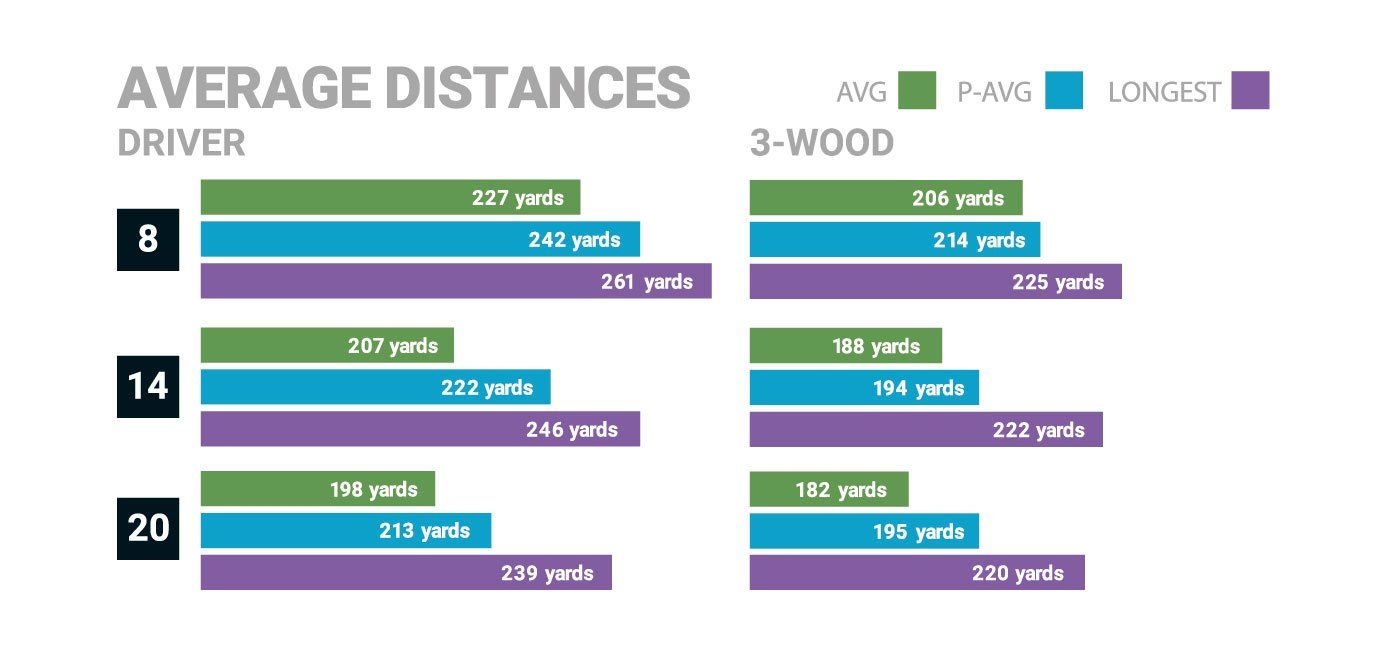
You can see that there is a clear correlation between handicap level and distance off the tee with either a driver or a 3-wood. I can speak from personal experience that being able to add yards off the tee is a strong component of lowering your handicap. I've also discussed some reasonable steps you can take to get a little longer off the tee.
If you're looking for ways to keep an official handicap index, check out this guide.
How Important is Accuracy Off the Tee?
Shot Scope also has insights into what wayward tee shots will cost you. The image below shows how many shots it costs a typical golfer when they miss the fairway as well as laying back with a 3-wood.
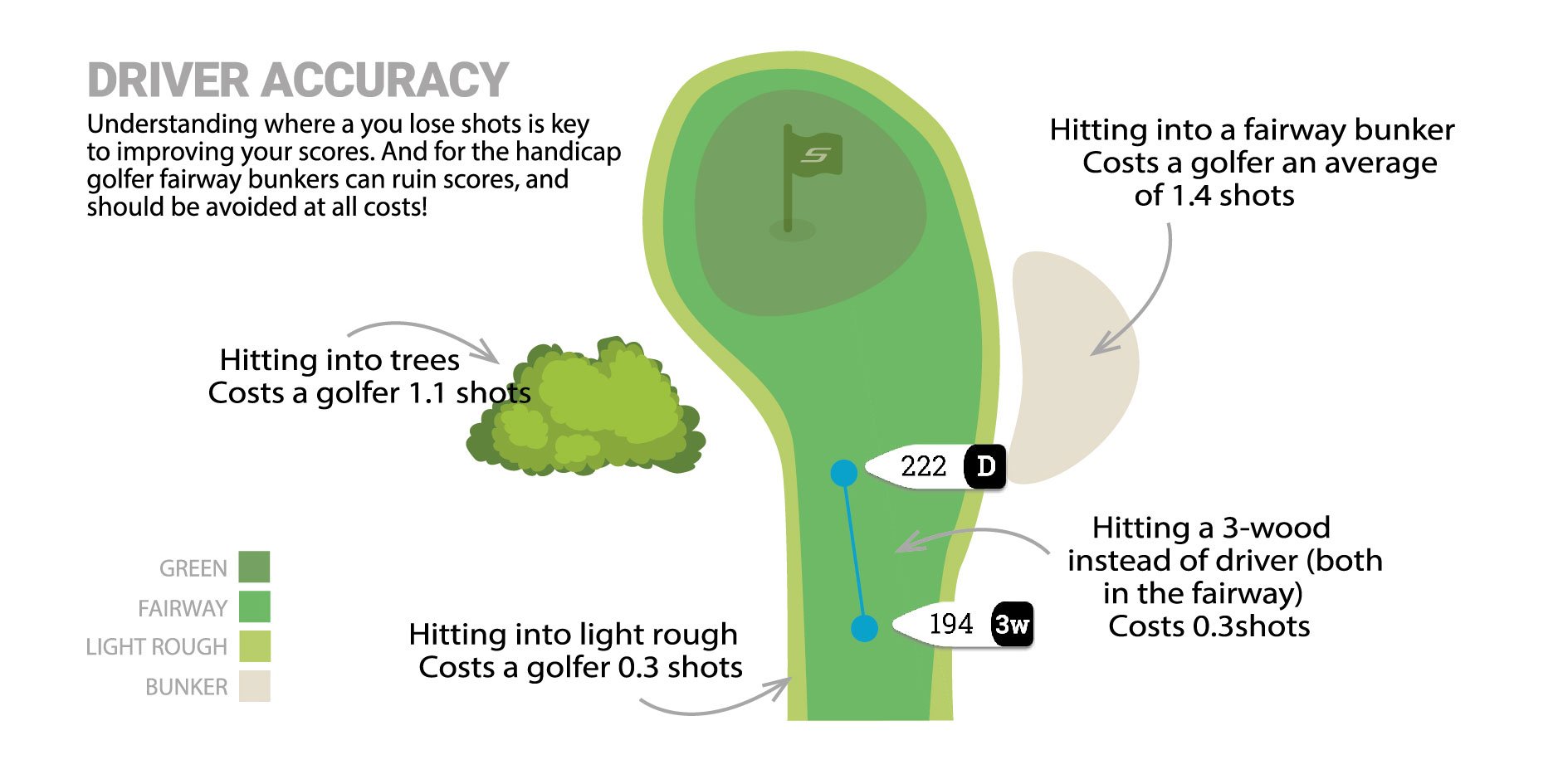
Interestingly, a fairway bunker is even more penal than missing a drive into the trees. Additionally, laying back for accuracy with a 3-wood can cost you the equivalent amount of strokes for missing the fairway into the light rough.
I've written before about tee shot strategies, and essentially you want to hit the ball as far as possible while taking into account major trouble such as hazards or trees. There are some instances where it makes sense to take less club, and also times where it makes more sense to hit driver rather than being too conservative. For this reason, I always suggest golfers evaluate courses they play beforehand to come up with a tee shot strategy that takes into account smart target and club selection.
My Favorite Stat (the one that can save you a ton of shots)
Approach shot strategy is one of my favorite topics. It's also been proven by leading statisticians like Mark Broadie to be where the majority of scoring takes place. Long story short, where you land your approach shot has a huge influence on what your score will be for any given hole.
I believe the following image is very powerful information:

According to Shot Scope's database, 80% of golfers are missing their greens on the short side. It's one of the reasons I suggest that most players should play to the back yardage. Also, when you keep track of your own shot data you can see where the majority of your misses occur. Taking that information and making smarter strategic decisions on the course is a way to hit more greens in regulation (and lower your scores).
GIR is King
Whenever golfers ask me what the secret is to lowering scores I often tell them that they have to build their game around hitting more greens, especially if you want to break into the single digit handicap range.
Currently, my handicap is a + .7. It took more than two decades to officially say I'm a scratch golfer. The cornerstone of my game is making sure I am giving myself an opportunity to hit as many greens as possible during a round. It took a combination of working on my ball striking, choosing an optimal strategy off the tee, and making sure I am choosing conservative targets on greens (no pin hunting!).
Let's take a look at how golfers at various handicap levels are faring at hitting greens:
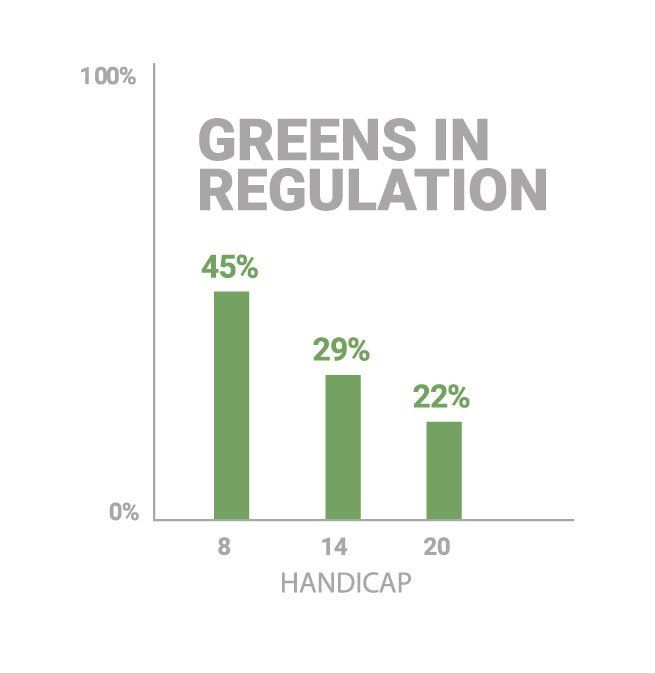
You can see that the gap between a 14 and 20 handicap is only seven percentage points, versus over 16 percent between an 8 and 14 handicap. I've noticed this trend before and it's often why my advice changes when I'm talking to golfers who are looking to break 100, 90, and 80.
At higher handicap levels, lowering scores is often about eliminating mistakes such as three-putting, poor wedge play inside 100 yards, bad strategic decisions, and avoiding the chunks/skulls/mishits. A lot of them are low-hanging fruit that can be corrected to turn a 102 into a 95.
However, as you get down to golfers who want to shoot more in the 80s and 70s your progress can be impeded by ball striking. All of the aforementioned concepts for higher handicaps are still important, but you can't get around the GIR statistic. Of all the statistics golfers can measure their progress by, I believe it's the most important one to focus on. Hitting one or two more greens per round on average can make a huge difference in your scores, which you can see in these trends from Shot Scope.
The good news is you don't need to be a PGA Tour player and hit 75% of your greens. You can post some really good scores while still missing the majority of your greens during a round, so don't be too hard on yourself.
Custom Data Works Better
Over the last several years, I've written numerous articles on how keeping track of your stats is a good idea. You can find out how far you are actually hitting each club, see your tendencies on various parts of your game, and use that information to optimize your decisions.
It's easier than ever to record and analyze information with shot tracking systems. If you're interested in learning more about Shot Scope you can visit their website here. I also wrote this review on their system, which I believe is one of the easiest to use on the marketplace.
We care about the protection of your data Read our Privacy Policy